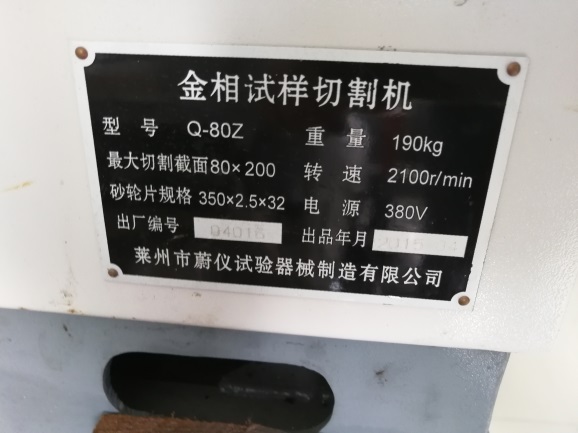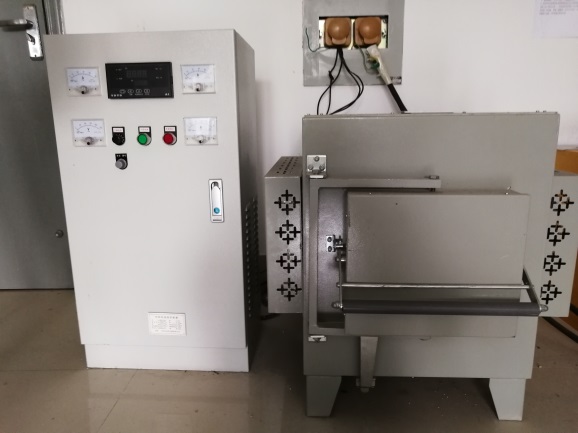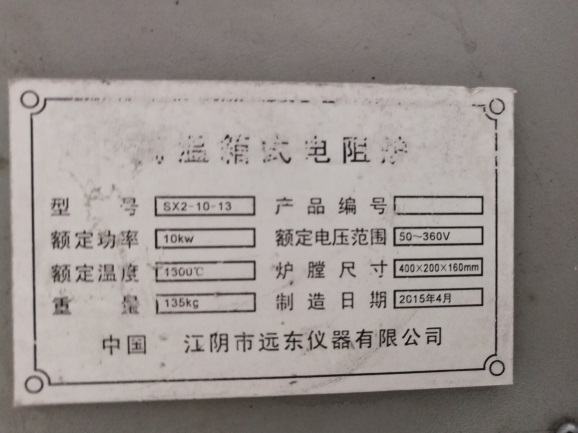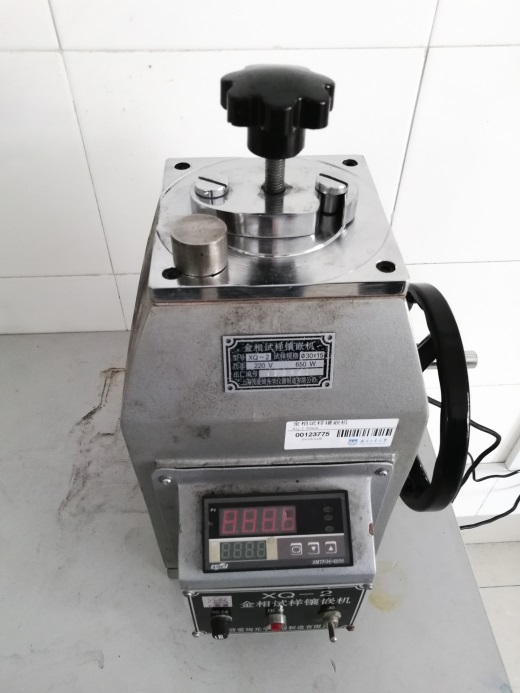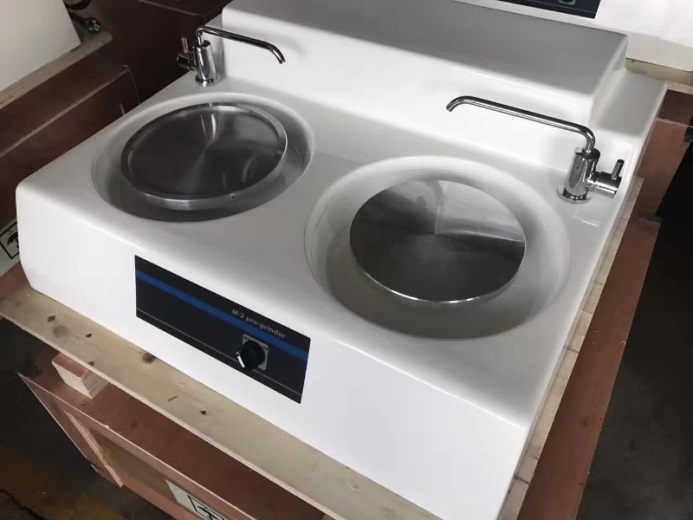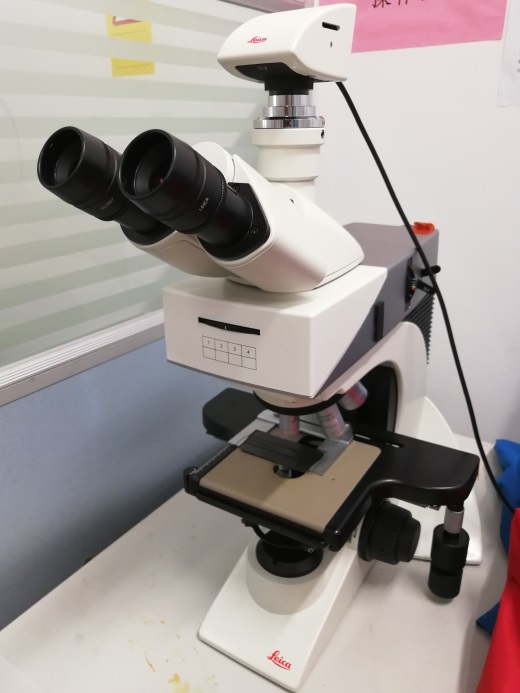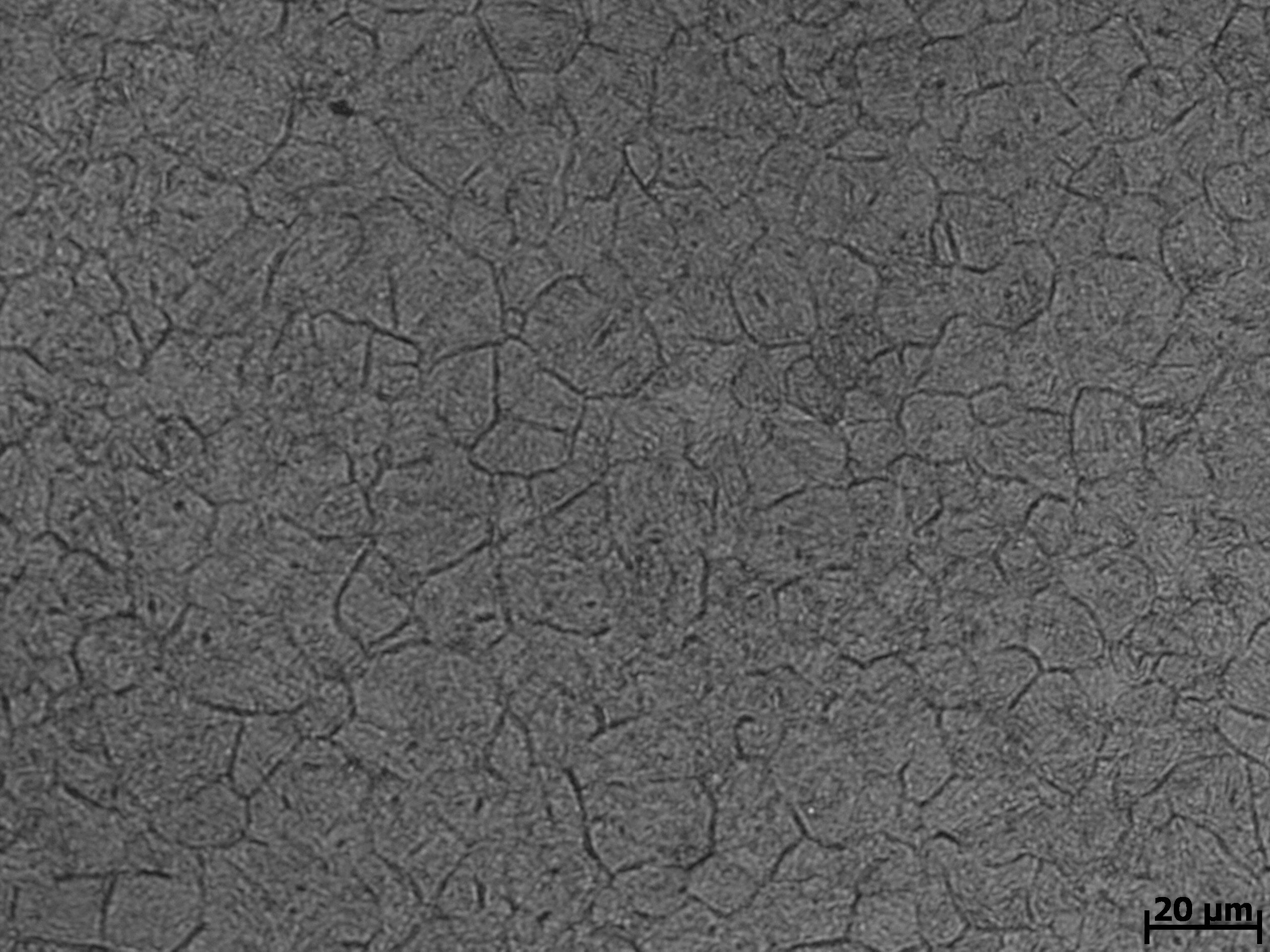正火时间对9Cr2WVTa钢晶粒度的影响研究毕业论文
2020-07-16 20:16:58
摘 要
能源资源的枯竭,资源的有效合理应用一直作为当今社会的重要研究课题。清洁能源的开发、核废料的再利用过程对于相应第一壁及包壳材料的选择尤为重要。低活化铁素体/马氏体钢(RAFM)由于具有较低的抗辐照肿胀性能、以及优良的力学性能,被誉为未来核聚变堆首选的第一壁垒/包层的结构材料。
然而,结构材料在锻造、焊接过程中,不可避免地要经历高温过程,对RAFM钢的晶粒尺寸、显微组织产生一定的影响,进而影响结构材料的综合力学性能。
本文以锻态及调质状态下的9Cr2WVTa钢为研究对象,分别在990~1110℃,10min~300min条件下,模拟锻造及焊接过程中母材晶粒尺寸的粗化行为,通过对显微组织的观察、晶粒尺寸的测量、显微硬度的测试,以期获得最优的正火热处理工艺。
实验结果表明,对于锻态以及调质态的9Cr2WVTa钢而言,当正火温度在1050℃并保温30min时,无论在金相组织或者晶粒尺寸方面都将使材料的综合性能达到最优。
关键词:能源、低活化铁素体/马氏体(RAFM)钢、正火、晶粒度
Effect of normalizing time on grain size of 9Cr2WVTa steel
Abstract
The depletion of energy resources and the effective of application of resources have always been an important research topic in today's society.The development of clean energy and the reuse of nuclear waste are especially important for the selection of the corresponding first wall and cladding materials.Lowactivationferrite/martensite steel (RAFM) is regarded as the first barrier/cladding structural material for nuclear fusion reactors in the future due to its low radiation swelling resistance and excellent mechanical properties.
However,during the forging and welding process, the structural material inevitably has to go through high temperature process, which has a certain influence on the grain size and microstructure of raft steel, thus affecting the comprehensive mechanical properties of the structural material.
In this paper,9Cr2WVTa steel in forging and quenched and tempered state is taken as the research object.under the conditions of 990-1110℃ and 10 min-300 min respectively,the coarsening behavior of parent metal grain size during forging and welding is simulated. through the observation of microstructure,the measurement of grain size and the measurement of microhardness, the optimal normalizing heat treatment process is expected to be obtained.
The experimental results show that for 9Cr2WVTa steel as forged and quenched and tempered,when the normalizing temperature is 1050℃ and the temperature is maintained for 30 min,the comprehensive properties of the material will be optimized in terms of microstructure and grain size.
Key Words: sources of energy Radiation resistance.low activation ferrite/martensite (RAFM) steel normalizing.grain size
目录
目录
摘要 I
Abstract II
第一章 绪论 1
1.1选题依据和课程背景 1
1.2国内外研究现状 3
1.3本文的研究内容及方法 5
第二章 试验材料及方法 7
2.1试验材料 7
2.2试验方法 7
2.2.1热处理方案 7
2.2.2试样加工 8
2.2.3组织及晶粒度观察 10
2.2.4硬度测试 13
第三章 试验结果分析 14
3.1金相组织分析 14
3.1.1锻态金相组织分析 14
3.1.2调质态金相组织分析 19
3.1.3 9Cr2WVTa钢伪二元相图分析 23
3.2晶粒尺寸变化分析 24
3.2.1晶粒生长规律 24
3.2.2晶粒度随温度变化规律 26
3.3力学性能分析 30
第四章 经济性分析 33
第五章 结论 34
参考文献 35
致谢 38
第一章 绪论
1.1选题依据和课程背景
人类在不断的发展过程中越来越紧迫的面临能源危机,开发新能源的呼声越来越高,而众所周知的核能不仅可以用于军事上制作原子弹,如果利用方法得当更能被用来缓解现阶段的能源危机[1]。核聚变能是指轻原子核在一定条件下合成重原子核时发生反应所释放出的巨大能量。核反应产生巨变能所需的原料为氘,而在海水中就蕴含着大量的氖资源,所以聚变能的原料对比其他能源显得很充足;因为整个核反应是个聚变的过程,所以不会有CO2产生也因此不会加剧温室效应,更不可能产生类似裂变堆中的高放射性同位素形成对环境的污染,聚变能当之无愧的作为高效清洁的能源的代表[2-3]。然而,在核聚变反应中靠近聚变堆的壁垒材料,尤其是作为第一壁的材料将面临大剂量的高能中子以及其他粒子的辐照,所以聚变堆材料的选择一直是科学研究的热门话题。
近几年以来,在一些大型学术会议上聚变堆的研究工作一直是焦点。在此背景下,一种具有低活化效果的铁素体/马氏体钢(RAFM)逐渐被研究学者们重视起来,抗辐照肿胀性能低是RAFM钢材的一大特点、优良的综合力学性能以及工业上大规模生产的经验,从而被国际学术界公认为未来核聚变堆首选的第一壁垒/包层的结构材料。
相关图片展示:
